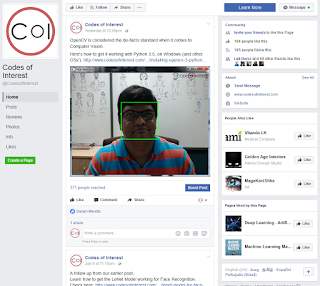cv2.putText(image,
text_to_show,
(20, 40),
fontFace=cv2.FONT_HERSHEY_SIMPLEX,
fontScale=1,
color=(255, 255, 255))
OpenCV also gives you a choice from a handful of fonts - all variants of the "Hershey" font.
But, there may come a point where you want more fonts. Have you wished that you could use a specific True Type or Open Type font on OpenCV?
The good news is, it's possible.
 |
| True Type Fonts working on OpenCV |




